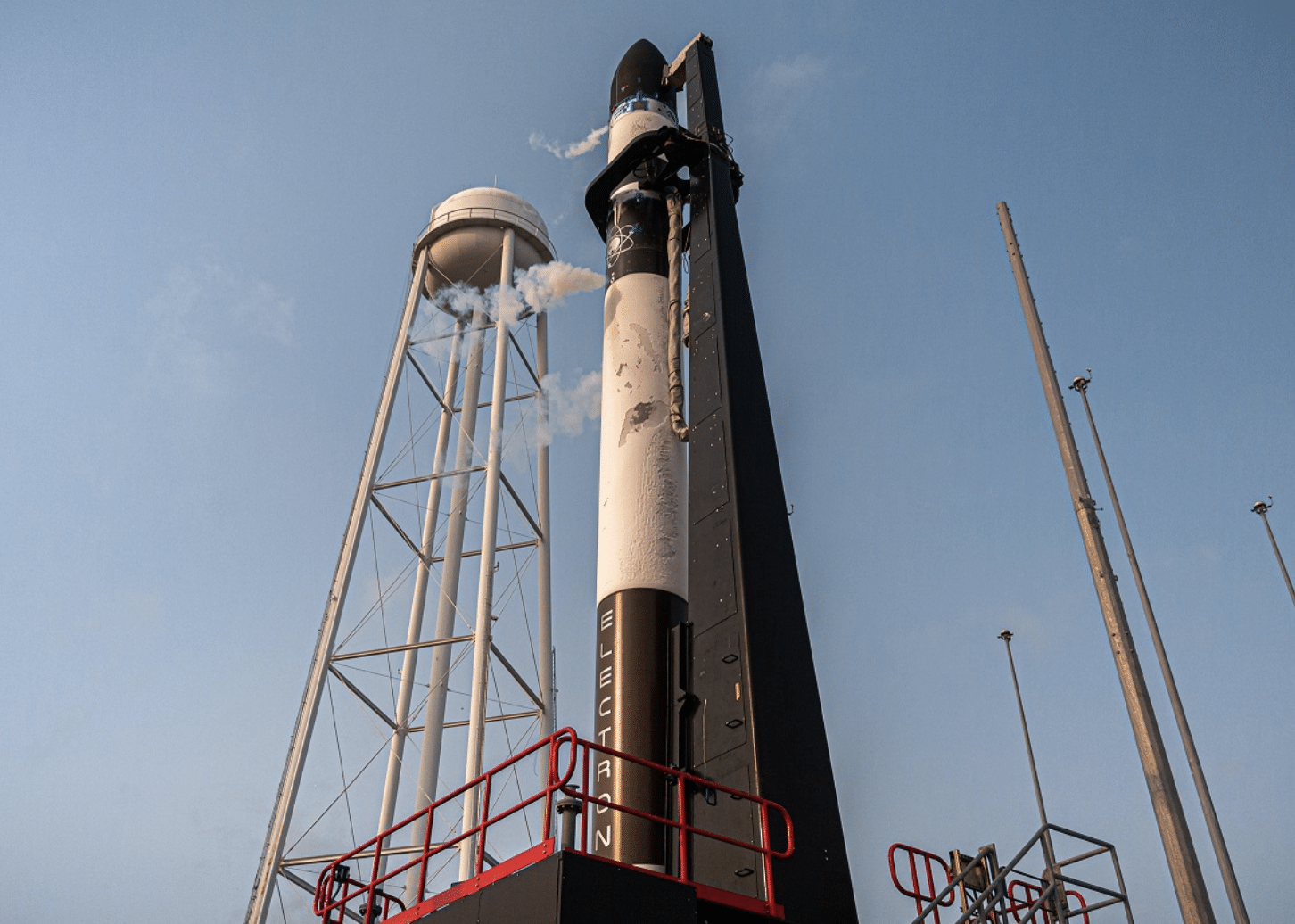Rocket Lab announced it has been selected by Virginia-based HawkEye 360 to launch three Electron missions for the radio frequency geospatial analytics provider. The first of the three missions is scheduled to be Rocket Lab’s inaugural Electron mission from Launch Complex 2 on Wallops Island, Virginia, ushering in an era of Rocket Lab launches from U.S. soil from no earlier than December 2022.
The multi-launch contract with HawkEye 360 will see Rocket Lab deliver 15 satellites (five clusters) to low Earth orbit across three Electron missions anticipated between late 2022 and 2024. Rocket Lab will first deploy three HawkEye 360 satellites as part of a rideshare mission, followed by six satellites each on two dedicated Electron launches.
The first HawkEye 360 mission is scheduled to launch from Rocket Lab Launch Complex 2 at Virginia Space’s Mid-Atlantic Regional Spaceport within NASA’s Wallops Flight Facility – a dedicated pad for Electron launches developed to support missions from U.S. soil for government and commercial customers. Encouraged by NASA’s recent progress in certifying its Autonomous Flight Termination Unit (NAFTU) software, which is required to enable Electron launches from Virginia, Rocket Lab has scheduled the mission from Launch Complex 2 no earlier than December 2022. With Launch Complex 2 joining Rocket Lab’s two operational launch pads at Launch Complex 1 in Mahia NZ, Rocket Lab can provide even greater flexibility over schedule, launch frequency and launch location to its global customers. Supporting Rocket Lab’s vertical integration strategy, Rocket Lab will also supply HawkEye 360 with separation systems produced by Planetary Systems Corporation, a Maryland-based space hardware company acquired by Rocket Lab in December 2021.
“I’m thrilled to welcome HawkEye 360 onto Electron’s manifest and especially looking forward to launching our inaugural mission from Launch Complex 2 in Virginia,” said Rocket Lab founder and CEO, Peter Beck. “Operating multiple Electron pads across both hemispheres opens up incredible flexibility for our customers and delivers assured access to space, something we know is becoming increasingly critical as launch availability wanes worldwide. This contract also demonstrates continued execution on our vertical integration strategy, in this case bringing reliable launch and flight proven separation systems under one roof to streamline the integration and launch process for HawkEye 360.”
HawkEye 360 COO Rob Rainhart added, “Rocket Lab provides the flexibility we need to fill out our constellation and reach our desired orbits. Their service will drive down our revisit rates in midlatitude AOIs, bringing a higher density of data to our customers. We’re excited to be joining the inaugural launch from Virginia, as a Virginia-based company launching our satellites from our home state.”
These missions will grow HawkEye 360’s constellation of radio frequency monitoring satellites, enabling the company to better deliver precise mapping of radio frequency emissions anywhere in the world. By combining radio frequency emissions data with its analytical tools and algorithms, HawkEye 360 provides commercial and government customers with insights that have helped to detect illegal fishing, poachers in national parks, GPS radio frequency interference along international borders, and emergency beacons in crisis situations.
This agreement is the latest multi-launch contract for Rocket Lab, adding to a multi-launch contract for five dedicated Electron missions for global Internet-of-Things (IoT) connectivity provider Kinéis to be launched from 2023 onward, as well as one for three dedicated missions for Earth imaging company Synspective, the first of which was launched in February 2022.
